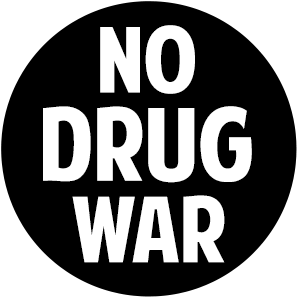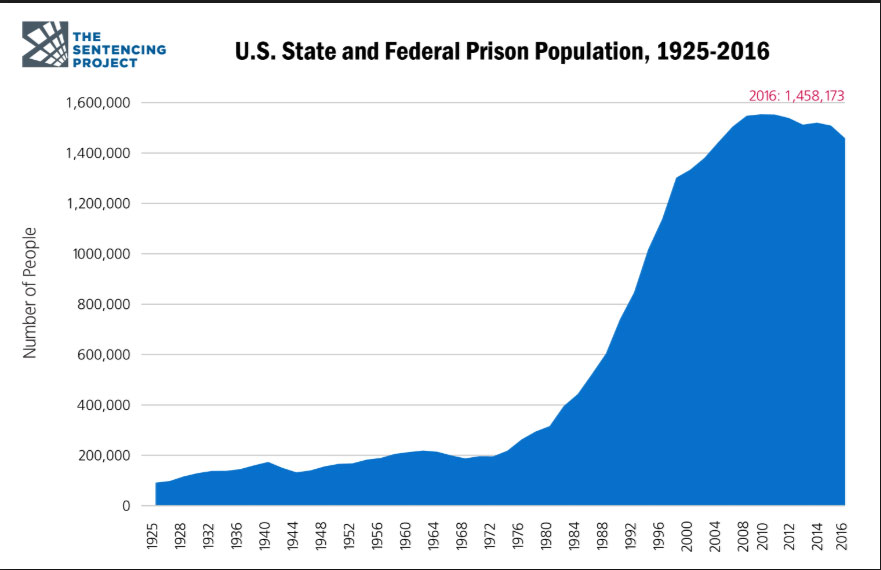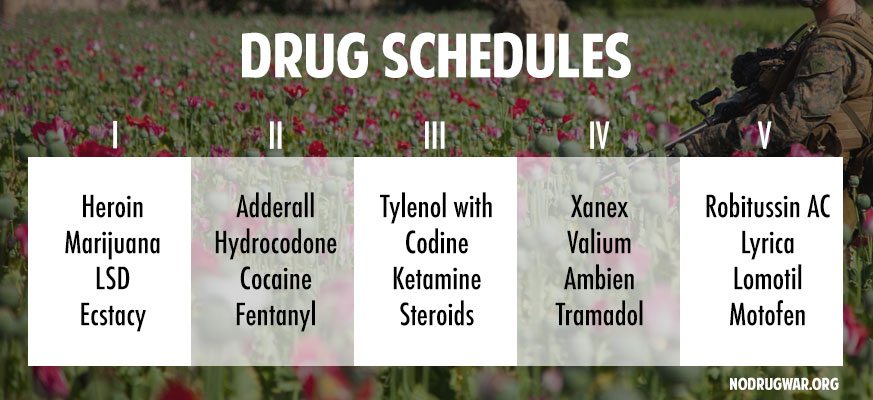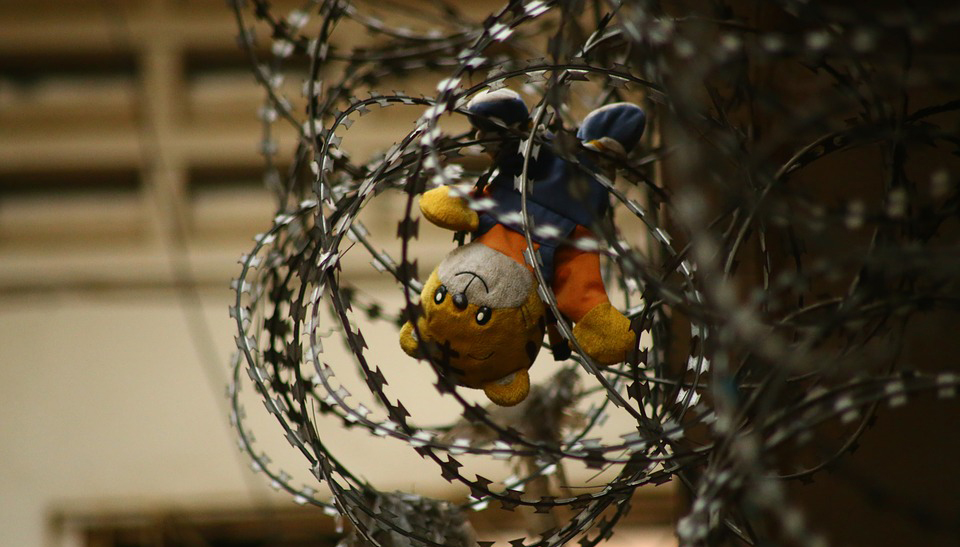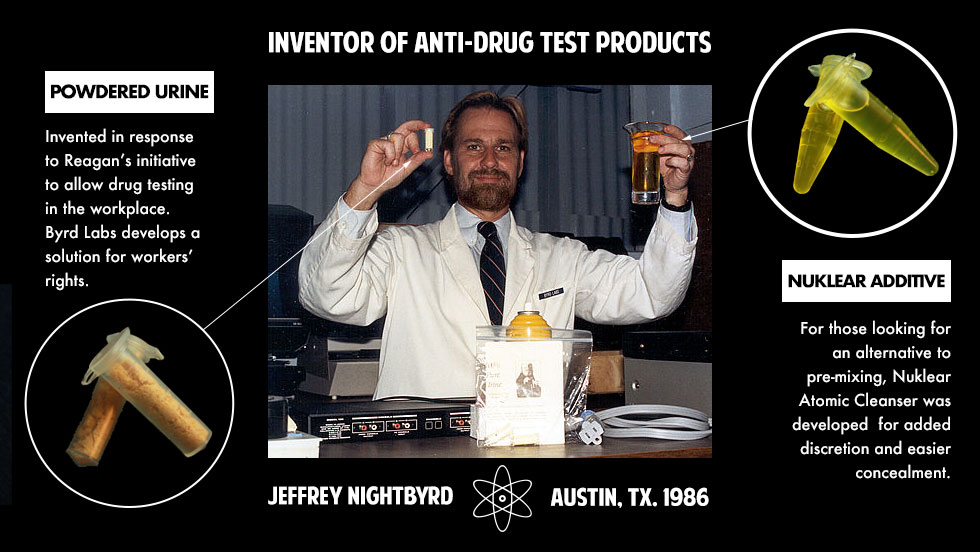The United States incarcerates more people, in both absolute numbers and per capita, than any other country on this planet. Our prison population has grown by 700% since 1970. How did the Land of the Free become the #1 jailer in the world?
1970: Controlled Substances Act
President Richard M. Nixon signed the Controlled Substances Act (CSA) into law in 1970. This statute calls for the regulation of certain drugs and substances.
The war on marijuana did not begin to rear its ugly head again till 1970. This is when Nixon signed into law the Controlled Substances Act. The CSA was designed to classify or “schedule” groups of drugs based on their potential for addiction and abuse, with no medicinal value.
Five schedules were identified.
Schedule 1 drugs are considered the most dangerous. LSD, heroin, Ecstasy, and even marijuana are currently listed on as Schedule 1 drugs. Schedule 5 drugs, like Codeine, are considered less dangerous.
Back then, and today the federal government continues to lie to the public claiming that marijuana is as dangerous heroin. Even though we have more and more scientific facts today that state otherwise.
1971: Nixon Declares a War on Drugs
In his declaration, Nixon stated that drug abuse was “public enemy number one”. How does one declare a war on an intangible object and find success? One doesn’t.
The primary reason Nixon launched the war on drugs was to more easily jail the antiwar left, and black people. Civil and social rights revolutionists like the Yippies, UAW/MF, and The Black Panther Party were rising up, Nixon spun up a draconian solution to control the masses.
1973: Nixon Establishes the DEA
When Nixon created the Drug Enforcement Administration, he created a military-style agency that could more easily infringe on the rights of drug users. These policies were heavily aimed
1986: Mandatory Minimums
The propaganda machine fueled by Nancy Reagan’s “Just Say No” campaign led to Ronald Reagan’s Congress’ passing of the Anti-Drug Abuse Act, this put into motion mandatory minimum prison sentences. No longer was it a judicial process, this was legislative sentencing. This law predetermined how long one might serve behind bars. Judges are required to follow this legislation.
One of the many problems with mandatory minimums is the overtly racist drug sentencing in the black community. Most white people prefer powdered cocaine, while communities of color are more likely to consume crack cocaine.
The mandatory minimum ratio of crack to cocaine sentences was 100:1. Meaning black people who were serving time for a crack cocaine offense were serving MUCH LONGER time in prison compared to a person who had the same amount of powdered cocaine.

Courtesy of the Equal Justice Initiative
This is one of the leading causes of disproportionate incarceration rates among communities of color. Today, 1 and 3 black men will spend some portion of their life behind bars.
The United States criminal justice system is designed to keep hand-to-mouth families in a constant state of struggle. Both financially, and emotionally. People who have a searchable criminal record are less likely to gain employment. This burden creates a cycle of poverty, disparity, and a chaotic quality of life.
The 21st Century
As more and more states take their foothold into allowing legalization of marijuana, the issue still stands that on a federal level, cannabis is still under schedule 1 classification.
States that have successful marijuana businesses cannot even participate in the federal banking system. Which you would think may be a good thing? However, having all your sales from the day inside of a duffle bag can get pretty sketchy.
What’s worse, the DEA is still allowed to raid these businesses, even with states claiming its legality. This is why ending
Modern Day Public Approval
Views about marijuana are shifting drastically since the 1970’s. The manufactured stigma surrounding the old perception of the “airhead stoner” is diminishing.
It’s important to
As of today, 64% of Americans favor all-out legalization, while 84% believe in medical marijuana access.
These new statistics will be drivers for marijuana making its way onto political platforms. Politicians will be politicians. At this point, we see that both political parties are interested in being the heroes that squashed illegal cannabis consumption.
2020 will see a hot-button issue in favor of legalization, so that is good news for the masses. Since Democrats and Republicans both agree the drug war is dated, it may be the one political matter that we can all agree on, for once.
